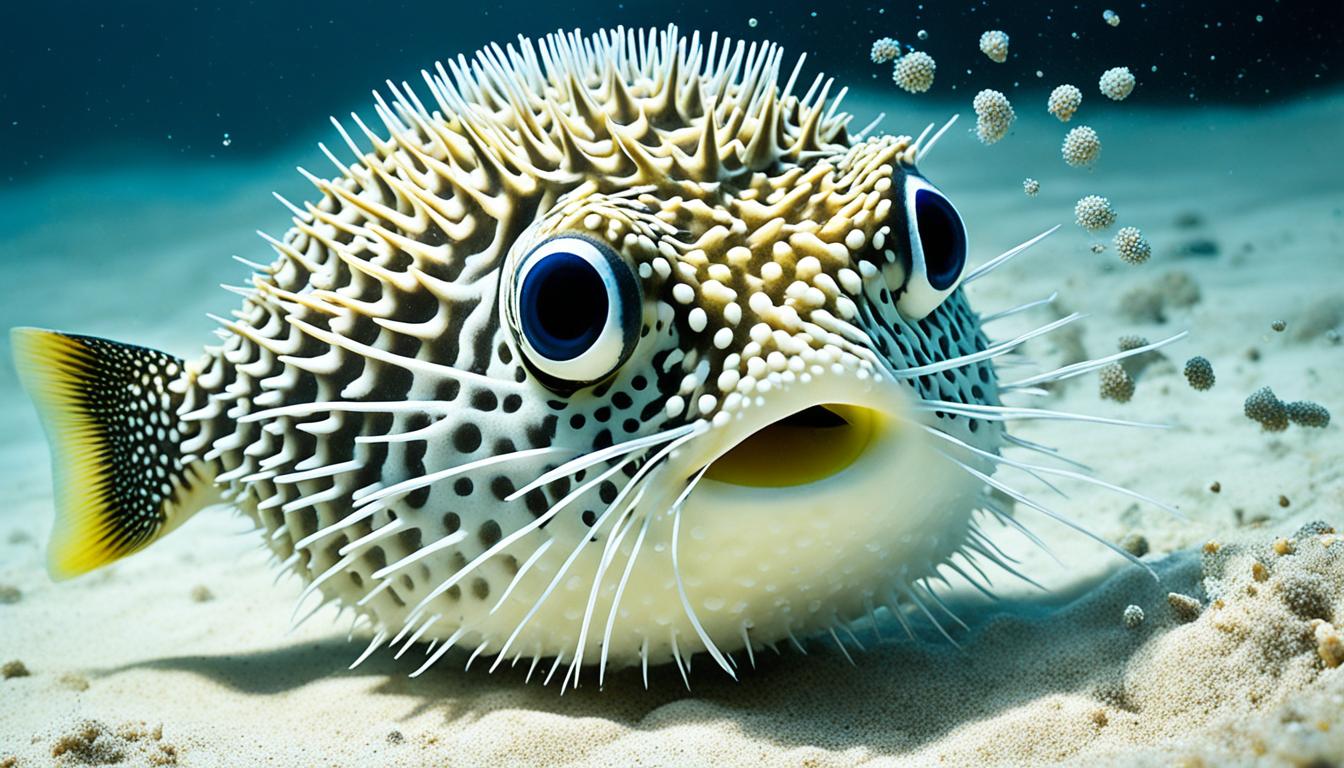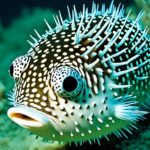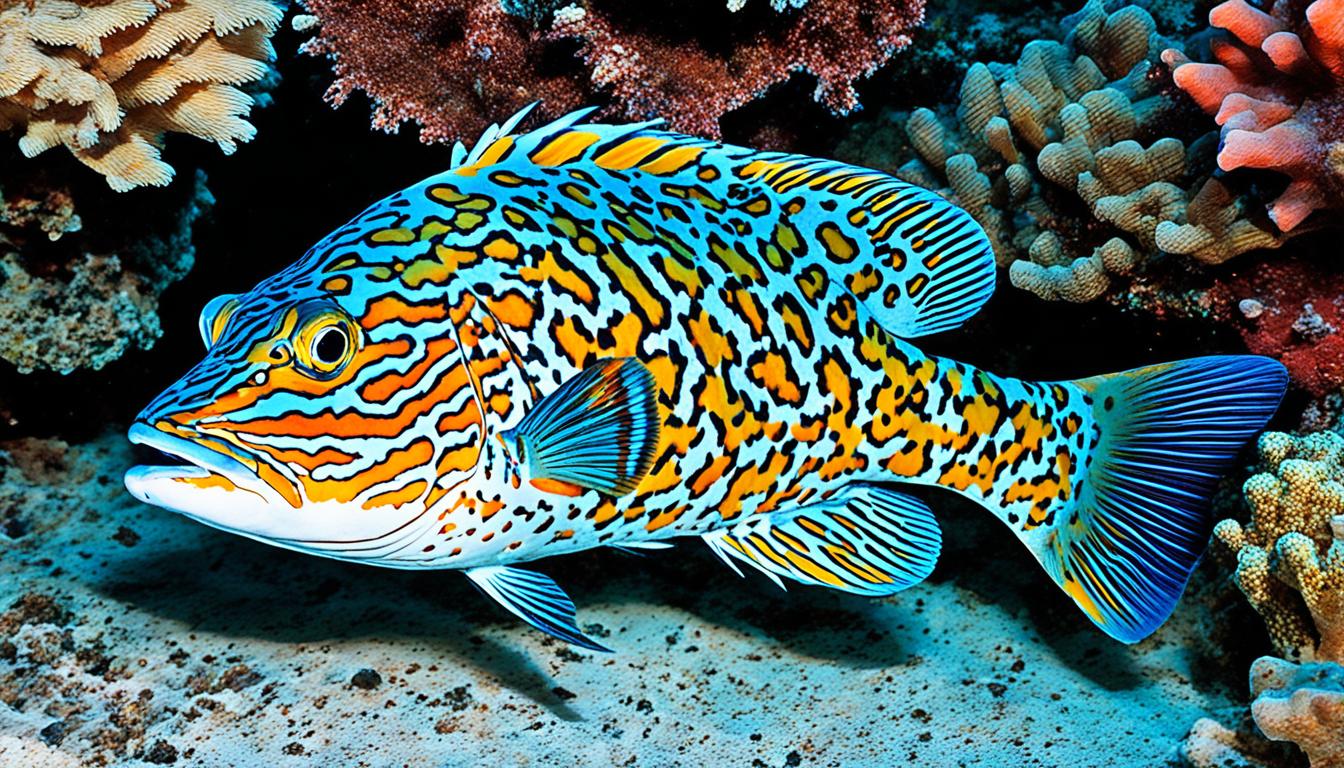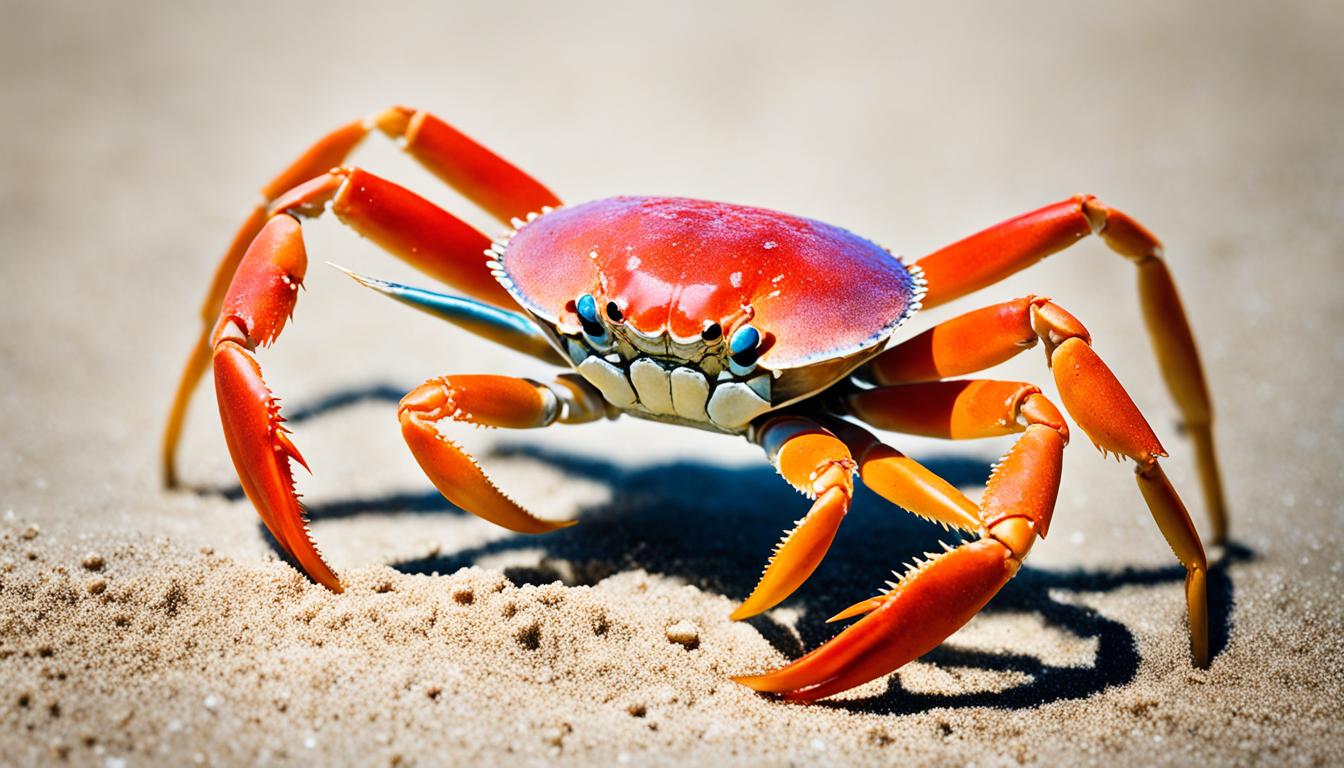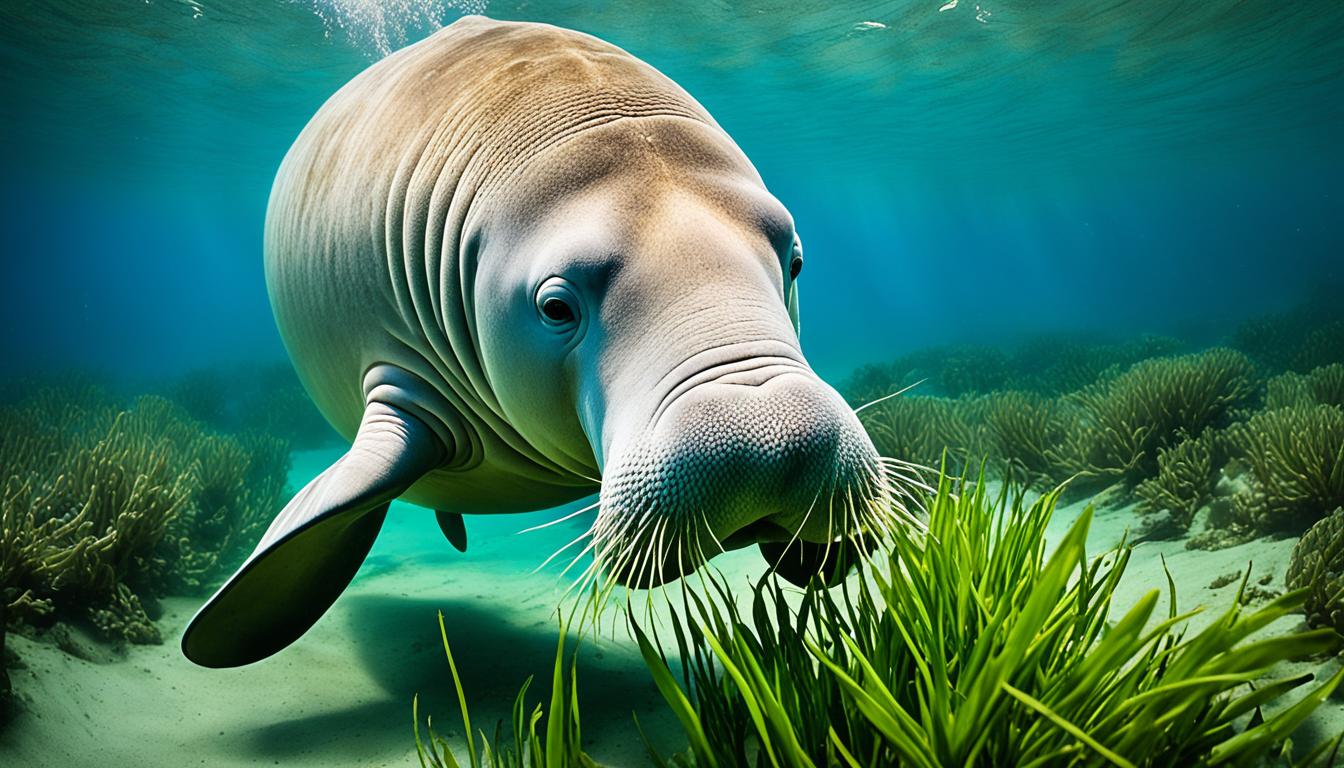Pufferfish, part of the Tetraodontidae family, are fascinating creatures with unique pufferfish feeding habits. You might ask, how do pufferfish hunt for food? They have over 190 species living in tropical waters. These fish use different strategies to find and catch their food. Their special adaptations and feeding ways show their important role in the ecosystem.
They can inflate themselves as a defense and eat mostly invertebrates and algae. Knowing their pufferfish food acquisition techniques helps us understand how they survive. Let’s explore their hunting behaviors and see how they move through the underwater world.
Pufferfish Overview and Habitat
Pufferfish live in both marine and estuarine areas. They can be found in shallow coastal waters and deep reef systems. These fish love tropical and subtropical regions. Some pufferfish can even live in brackish or freshwater.
Pufferfish play a key role in their ecosystems. They eat in unique ways, affecting the populations of other sea creatures. Their tough skin protects them from predators, helping them survive.
There are many pufferfish species, each fitting into different roles in their environments. This shows how resilient and vulnerable they can be to changes in their homes. Protecting their habitats is crucial for keeping the ocean balanced and full of life.
| Pufferfish Species | Typical Habitat | Ecological Role |
|---|---|---|
| Tetraodontidae | Coastal waters, coral reefs | Prey on invertebrates, impact algal growth |
| Takifugu | Brackish environments | Control species population dynamics |
| Chilomycterus | Shallow waters, seagrass beds | Serve as prey for larger marine animals |
The Unique Anatomy of Pufferfish
Pufferfish have a fascinating anatomy that makes them stand out. They have four fused teeth that form a strong, beak-like structure. This helps them crack open hard shells of clams and shellfish easily.
They also have special adaptations in their body. Pufferfish don’t have traditional ribs, which lets them inflate a lot. Their fins help them move well, even though they swim slowly. This makes them slow targets for predators, but their spines offer protection when they puff up.
Pufferfish can also change their colors and patterns. This skill might help them hide in their home or talk to other sea creatures.
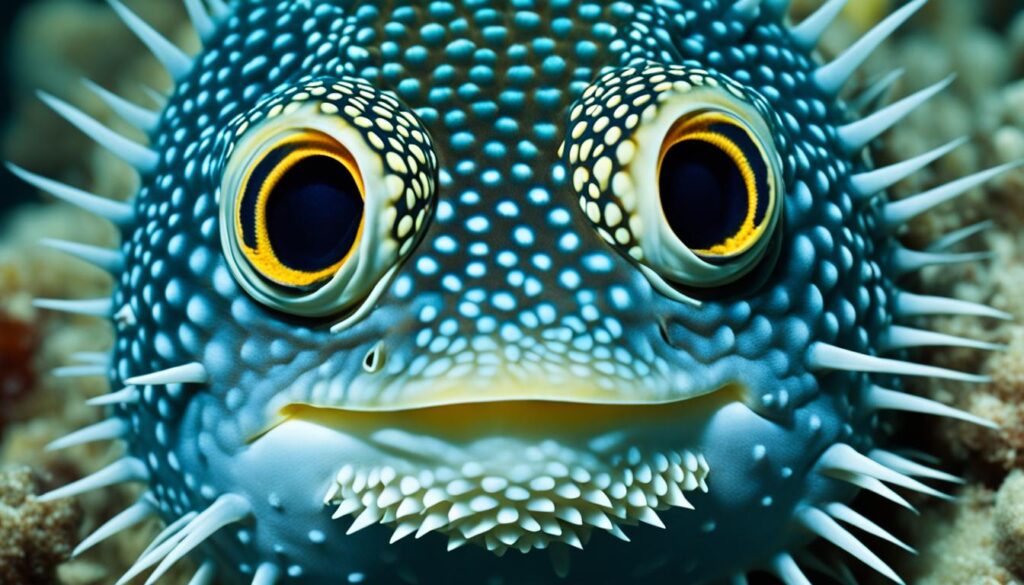
How do pufferfish hunt for food?
Pufferfish have amazing ways to find and eat food. They use their unique body parts and hunting skills to get by in different places. This shows how they play a big part in their ecosystems.
Feeding Mechanisms of Pufferfish
Pufferfish have special teeth that look like beaks. These help them open hard shells of other creatures. They can also stretch their stomachs a lot, which lets them eat more food at once. This means they can eat a lot of different things in one meal.
Types of Food Targeted by Pufferfish
Pufferfish mainly eat small animals and plants from the sea. They like to eat:
- Crustaceans such as crabs and shrimp
- Mollusks including clams and snails
- Various types of algae
- Small fish when available
They can eat a wide variety of foods based on what’s around them. Some pufferfish even work together to catch bigger prey. This shows how smart and flexible their eating habits are.
Pufferfish Feeding Habits and Diet
Pufferfish have unique feeding habits that help them survive. They mainly eat invertebrates like crabs, shrimp, and mollusks, and some algae. Their diet changes based on where they live. Big pufferfish can eat hard prey because they have strong teeth that break shells.
Some pufferfish have tetrodotoxin, which helps them hunt and protects them from predators. This toxin lets them eat dangerous prey safely. Learning how pufferfish find food is interesting and important for understanding marine life.
It’s important to feed pufferfish a balanced diet because they need a lot of food. They should eat a variety of foods to keep their teeth healthy. Giving your pufferfish different foods helps them stay healthy and live longer.

